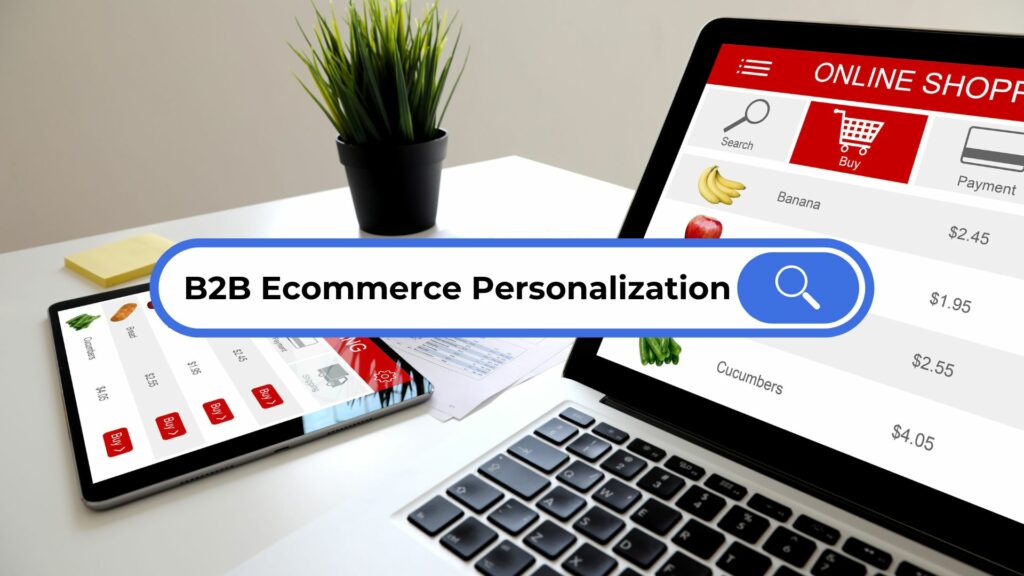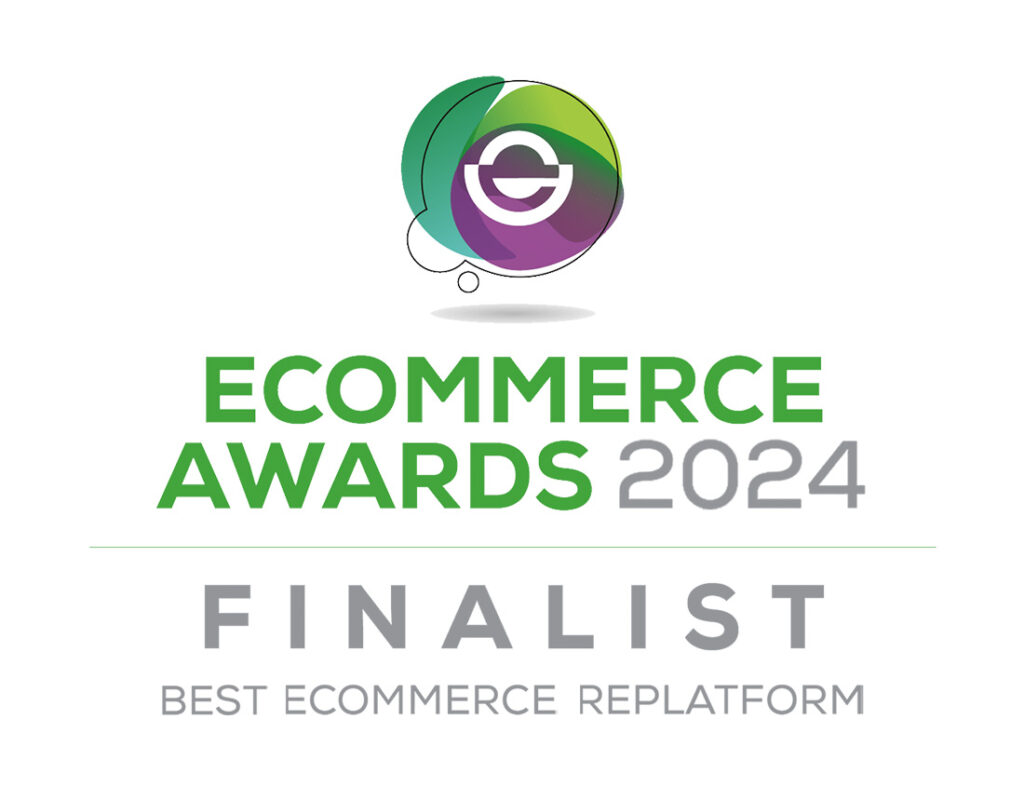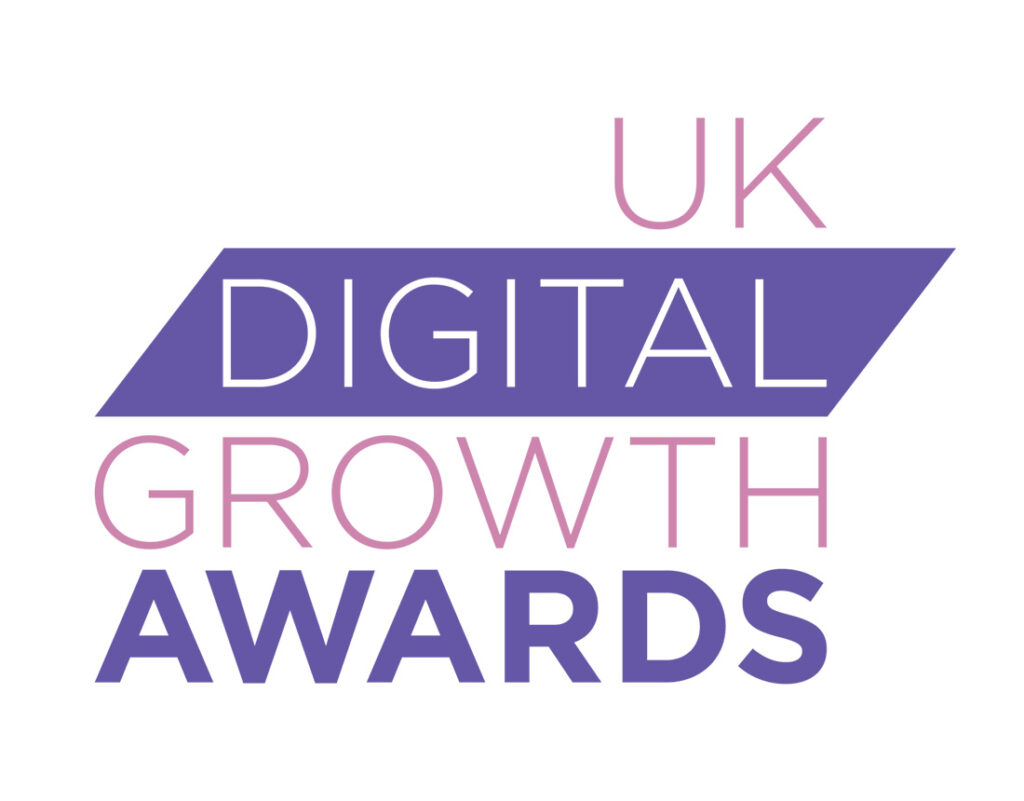There’s no secret to B2B ecommerce personalization. Salespeople have always understood how important it is to get to know and understand customers.
Regularly visiting customers to discuss their needs and preferences helped to secure and increase sales. Even completing order forms together was all part of the service.
However, B2B buyers are busy people and the time available for your salespeople to develop a deep understanding of every customer’s business is limited.
Now, most B2B purchasing research is completed online. Digital content is widely shared across buying groups as part of the decision making process. A new approach is needed to engage and retain customers.
The key features of B2B ecommerce personalization
To meet your customers’ needs you’ll need to provide more than an online product catalog. You must translate your traditional standards of customer service and engagement into digital experiences.
Your B2B buyers now carry out much of their research online. They’re also happy to make significant purchases using a B2B ecommerce site.
You can simplify complex procurement processes and make them efficient and convenient with personalized B2B ecommerce. You can optimize your customers’ buying journeys, reduce costs and increase sales.
B2B ecommerce personalization opportunities
Almost all your digital touchpoints with customers are opportunities for B2B ecommerce personalization.
Search – your B2B buyers want to find relevant products and useful information quickly. You can help them with effective product information management (PIM). You’ll make it easy to search by technical specifications, product numbers, or even images. They can also find products by scanning barcodes using a customer ordering app.
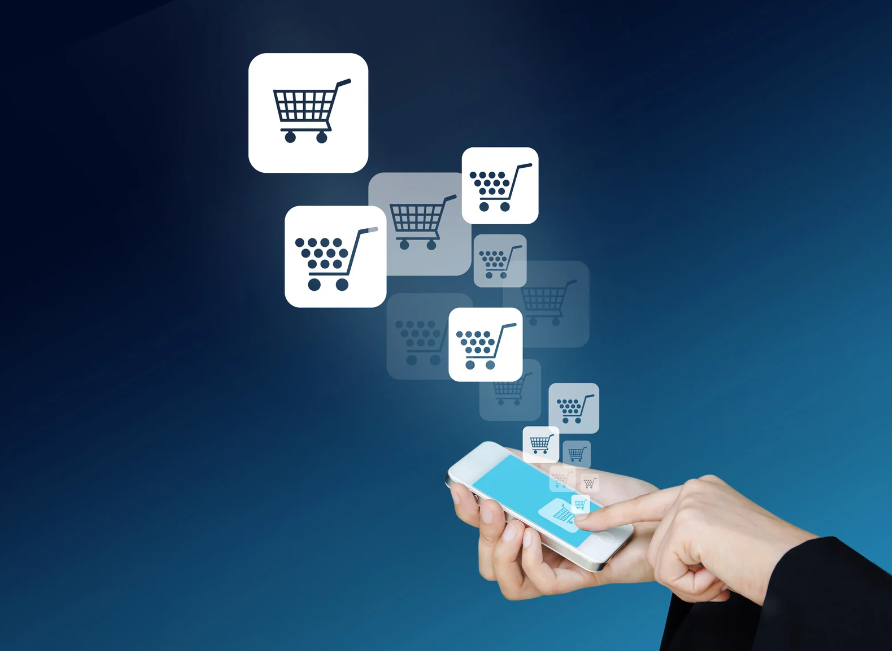
Catalogs – you can give your customers bespoke menus and customized home pages based on agreed terms and previous buying histories. They can use an easy login to search through their regularly bought items. You can set up multiple accounts in different locations, supported by favorites and wish lists. Larger customers can view different catalogs for each department with specialized imagery, personal greetings, and regional contact information.
Pricing – you can tailor pricing based on different tiers of client with comprehensive custom pricing tools. Pricing rules can be delivered from your integrated ERP to allocate tiers, individuals, and customer groups. Your quote to order process will be faster and deliver accurate prices using a powerful configure, price, quote (CPQ) tool.
Promotions – you can enable promotions to appear on your ecommerce site when certain criteria are met. For example, if a specific customer places an order over $500, you can notify them about a special offer. It could be a free item related to previous purchases or a discount code. Alternatively, you could offer them an overall discount on one of their previously bought product categories.
Product recommendations – almost every B2B buyer will have received Amazon-like ‘people also bought’ recommendations when shopping online. They will expect the same for their business purchases. Thanks to ERP integration you can make helpful recommendations about compatible products, spare parts and consumable items that can save your customers time.
You can use your customers’ own buying histories or collect information about what others have bought to offer added-value bundles of products.
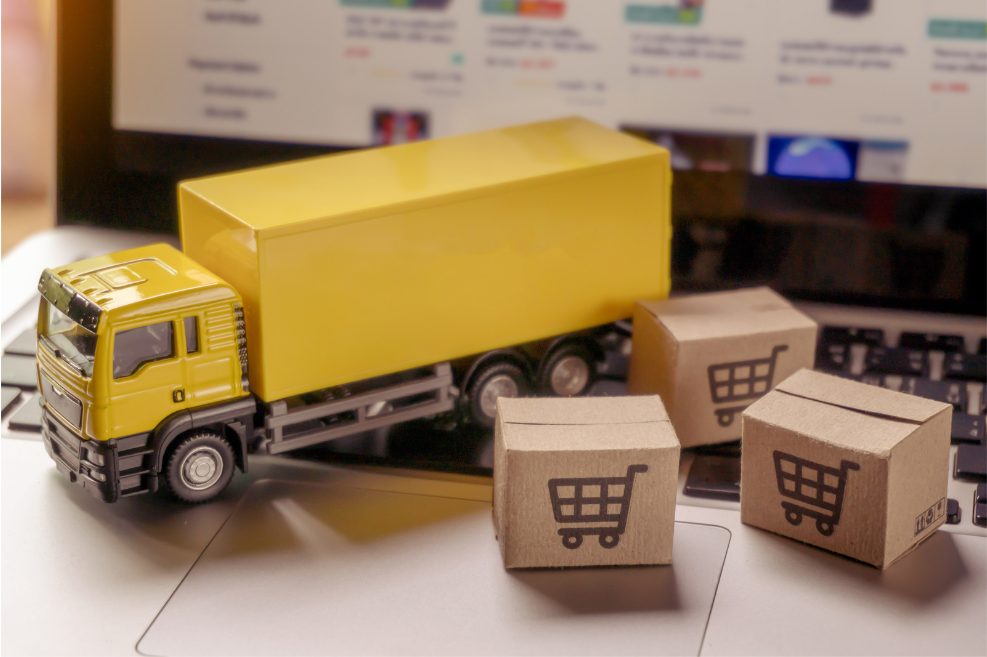
Ordering, payment and shipping – you can simplify ordering by allowing your customers to use their preferred methods. This might include electronic data interchange (EDI), Excel uploads or PunchOut, for example. Customers can streamline their purchasing with a personalized checkout so they can use the method that best suits their needs. You can also connect with third-party providers for real-time shipping calculations to be integrated into your online purchase order process.
Customer service – an integrated order management system (OMS) allows customers to track their order status using their online self-service portal. You can reduce the number of customer service calls for order status updates and increase customer satisfaction as well. Your customer service team will then have more time to handle more complex enquiries.
Key accounts – you can provide purchasing experiences that are completely tailored to the needs of your larger customers using pre-defined workflows in your ERP system. You can provide named online greetings, create specific buying groups and purchasing approval processes. You can make sure each person is only shown the products and purchases they’re authorized to access. You’ll become a procurement partner, building confidence and long-term relationships that will increase the lifetime value of the account.
Book a free Cloudfy demonstration to find out more about the benefits of B2B ecommerce personalization for your business.
